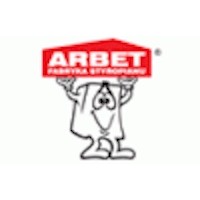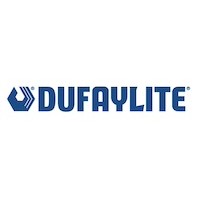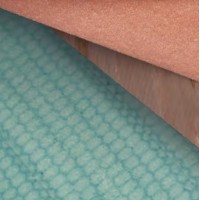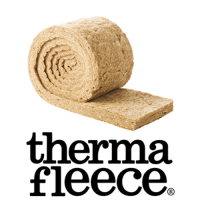Fire and Acoustic Panel – Fire Rated Plasterboard Bonded to Dense Rockwool
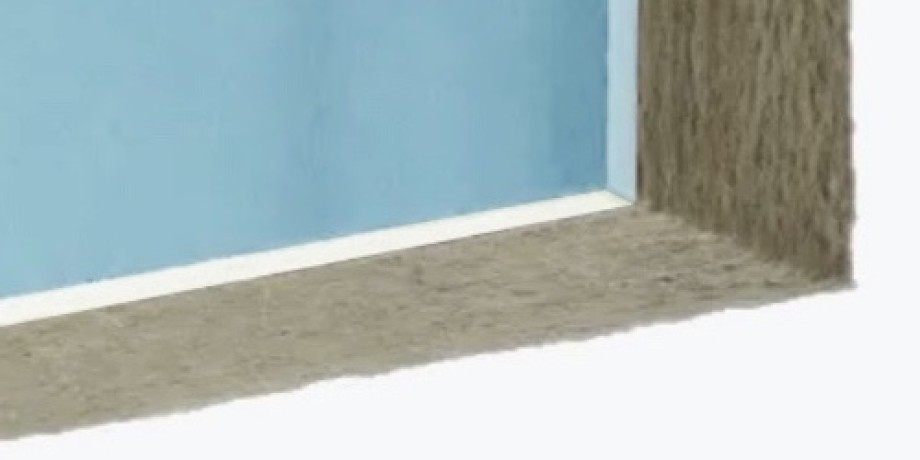
Fire and Acoustic Panel – Fire Rated Plasterboard Bonded to Dense Rockwool
Acoustics is a common problem between neighbouring apartments, adjoining side-by-side houses and within rooms of homes. On a technical note, sounds issues can be broken down into three main types of noises: Airborne (such as speech, sound), Impact (things hitting, falling onto the building structure directly) and Flanking (travelling through the building structural elements).
The UK Building Regulations have been stepping up their acoustic performance requirements between individual apartments, between houses and even within dwellings. But regulations aside, most individuals and homeowners are looking for better acoustics within their homes such as around bedrooms.
New developments, if built correctly, will have much better acoustic standards than older properties which will help reduce the impact of noise.
A major problem with older, conversion properties where single use large homes have been subdivided into separate apartments. The building structure was built as one dwelling so proper acoustics have not been attained between the individual living units.
There are various options to achieve sound insulation. Studies and solutions are immense and varied. For shared walls between units, it's critical to minimise both airborne and impact noise. One way to do this involves adding “mass” to the walls.
With all acoustic solutions, the full perimeter of all surfaces and any openings must be fully sealed with acoustic mastic sealant. Be attentive to the installation and quality of workmanship because even a small pinhole, left unsealed, will result in noise transfer between spaces.
That aside, there are ways to help improve sound quality between rooms and dwellings.
The simplest way to add insulation is to add sound insulation between the wall studs. This is usually done with a mineral wool type specialist acoustic type insulation. If the building is existing, then this would involve removing one side of the plaster wall facing to expose the wall studs and then add the insulation between the vertical studs.
Another method is create a “double wall stud” partition. This involves having two separate rows of vertical studs so that the plasterboards on each side are fixed to separate studs thus separating sounds vibration between rooms on each side of the wall. The studs are placed in an alternating zig-zag pattern with gaps between them so acoustic insulation can weave between the studs in a continuous manner, leaving no breaks of insulation between studs. This is one of the most effective means of sound insulation but requires a thicker wall than a single row of studs.
Asides from fixing the plasterboard direct to the studs, you can support the plasterboards on resilient bars that help separate the plasterboard from the structure. With these fixings there is a degree of flexibility in them which absorb sound vibrations, thus reducing sound travel through the wall or ceiling/ floor structure.
Resilient ‘C’ shaped metal channels or ‘hat channels’ involve a secondary top and bottom floating metallic channels, fixed to the vertical wall studs, that are separated with a gap from the main support channels fixed directly to the ceiling or floor structure. Thus the secondary channels and wall are free floating from the floor and ceiling structures to minimise sound travelling through the building structure. This construction detail can be called, a “Decoupling” method.
With electrical power outlets, it is best to stagger them from one room to another with adequate sound insulation behind them. You can go the extra mile by placing a piece of plasterboard behind the electrical socket or completely box in the back of the outlets to ensure that there are two layers of a plasterboard throughout the wall construction and thus assuring sound integrity behind sockets.
A further additional method can involve placing a sound insulation board on top of the wall studs to add further insulation mass to the building structure.
There is a new product (32.5mm Acoustic and Thermal Wall Panel - 20mm Rockwool Slab bonded to 12.5mm Soundproof Plasterboard - 1200mm x 2400mm) that was developed and made especially for Insulation Shop, that combines the benefits of a 12.5mm Soundproof Plasterboard (Fire rating A2) with an attached / bonded 20mm Rockwool Slab (Fire rating A1) thick mineral wall insulation behind. This product gives the added convenience that it can simply be fixed to the wall studs, existing masonry or to party wall surfaces between dwellings. Traditional fixings can be used or better yet, fixed on resilient bars. This composite wall board forms a 32.5mm thick Acoustic and Thermal Wall Panel.
This new product benefits from its use of a denser mineral wool which provides more mass and a more complex structure that sound waves have to navigate, thus increasing overall sound absorption performance. Sound waves are more likely to encounter resistance, which causes the energy to dissipate as heat within the material, reducing the transmission of sound.
An optimal density range for sound absorption is typically between 40-100 kg/m³ (depending on the frequency range you aim to absorb). Within this range, mineral wool will absorb sound across various frequencies effectively, particularly the low to mid frequencies, which are harder to manage. Once the mineral wool becomes very dense (typically over 150 kg/m³) it can start to act more like a barrier than an absorber. In these cases, instead of sound waves penetrating the material, they may begin to reflect off the surface, decreasing the effectiveness of sound absorption and acting more as a reflective surface for certain frequencies.
It is best noted that to achieve the best sound absorption results, mineral wool should have a density high enough to impede sound waves but not so high that it reflects them.
As discussed, additional sound material on the surface of walls adds “mass” which aids in the acoustic and thermal properties of walls.
The Rockwool slabs are made from volcanic rock, thus they are extremely durable and provide the benefit of being an efficient fire resistant material.
The subject of achieving sound reduction performance is so complex and varied. If a more detailed construction method and performance is required, then it is best to discuss your project with an acoustic consultant.
Author: Stephan Silver of Xobo Design




